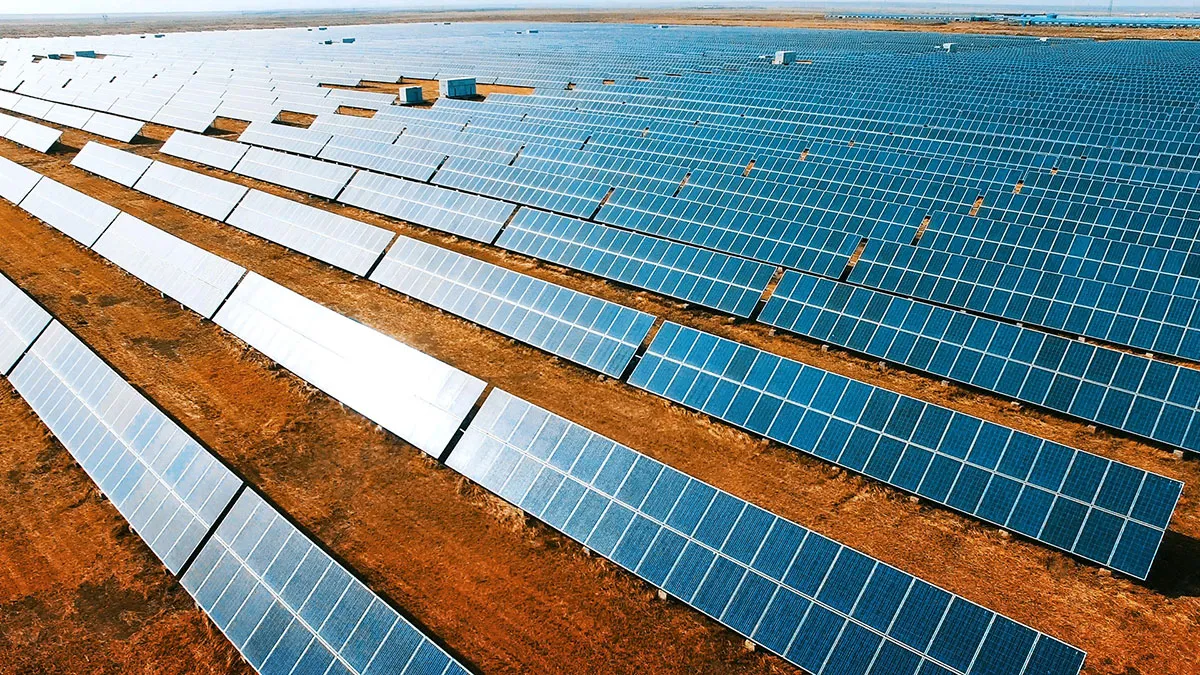Dive Brief:
- The North American Electric Reliability Corp. (NERC) expects there to be sufficient resource adequacy across most of the electric grid for the next decade, but also concluded in its 2020 Long-Term Reliability Assessment that there is a growing risk related to the high penetration of renewables in some regions.
- "Nearly all parts" of the Western Interconnection, Electric Reliability Council of Texas (ERCOT) and Midcontinent ISO (MISO) demonstrate "increased risk over the next five years," the reliability organization said in its assessment released Tuesday.
- Grid operators say they are taking steps to address the risks, while advocates for coal-fired power say the report highlights the importance of maintaining baseload plants for system reliability. According to the U.S. Energy Information Administration, since 2011 about 95 GW of coal capacity has been retired and and another 25 GW is slated to shut down by 2025.
Dive Insight:
NERC says its assessment highlights reliability, security and resilience risk associated with the "changing generation resource mix," but also concludes that in most areas there is sufficient capacity to meet the electricity demand over the next 10 years.
The addition of wind and solar, along with the continued growth of distributed energy resources and the retirement of conventional generation, "are fundamentally changing how the grid is planned and operated," according to NERC. And even where system capacity is sufficient, the organization concluded some areas demonstrate potential for inadequate energy to serve demand.
"As the system becomes more reliant on wind and solar generation, resource and energy adequacy must be assured," Mark Olson, NERC's manager of reliability assessments, said in a statement. "The changing resource mix introduces greater variability, making long-term planning more complex."
Ensuring reliability means NERC must "create the necessary models, technology, and strategies to properly support future grid operators," Olson said.
In MISO, NERC concluded that resource adequacy planning that focuses on summer peaks alone "will no longer suffice," and said that resource adequacy analysis "will likely need to reflect patterns across the year in order to capture the magnitude of risks."
The report found reserve margin projections of on-peak capacity in MISO are falling and are projected to be below targets beginning in 2025.
MISO officials say the report is in line with its own analysis, and that "any potential future resource deficiencies may be resolved as new resources in the MISO generator interconnection queue are completed."
"As resource adequacy risks evolve, MISO is responding through what we call the 'Reliability Imperative' which includes MISO's Resource Availability and Need (RAN) efforts to help address resource needs and to maintain system reliability," the grid operator said in an emailed statement.
In Texas, NERC's report concluded the increased penetration of wind "is increasing the risk of tight operating reserves during hours other than the daily peak load hour."
The Texas grid operator said it is actively participating in the NERC subcommittee that helps develop the annual assessments, as well as other NERC working groups and subcommittees "to help identify, evaluate and address a wide range of risks to reliable grid operations."
California "could face periods where resources are insufficient for area energy needs," NERC's report found. Power outages associated with an August heat wave provide evidence of the challenge "to reliably serve the changing demand profile with the evolving resource mix," it said.
The grid operator for California said that given the concerns about planning, procurement and market operations outlined in its own analysis of the heatwave, CAISO "is working closely with the California Energy Commission and California Public Utilities Commission to improve planning, procurement and market operations."
"Resource adequacy is the foundation for reliable, efficient and affordable electrical service, and the ISO recognizes the importance and urgency of an effective resource adequacy model for the state," CAISO officials said in an email.
Coal generators keyed in on the report, saying generation shortfalls are possible without action by policymakers. The coal industry group America's Power called it a "wake-up call for decision-makers."
NERC's report "warns of the increasing risk for generation shortfalls as the grid continues to transition," said America's Power President and CEO Michelle Bloodworth. "However, we believe the reliability risks are greater because there could be an additional 30,000 MW or more of coal retirements beyond those that NERC assumed in its analysis."
Renewables advocates say the assessment highlights the market demand for clean energy and "widespread recognition that coal is non competitive."
"The report shows that utility planning and market structures are adapting to the new resource mix, and generally doing so successfully," said Jeremy Fisher, senior strategy and technical advisor with the Sierra Club's environmental law program.
"We know that coal doesn't provide the operational flexibility demanded by the emerging energy grid," Fisher said in an email. "Instead, operators are looking to become more sophisticated in creating portfolios of clean energy, storage, and demand-side resources to meet reliability requirements."















